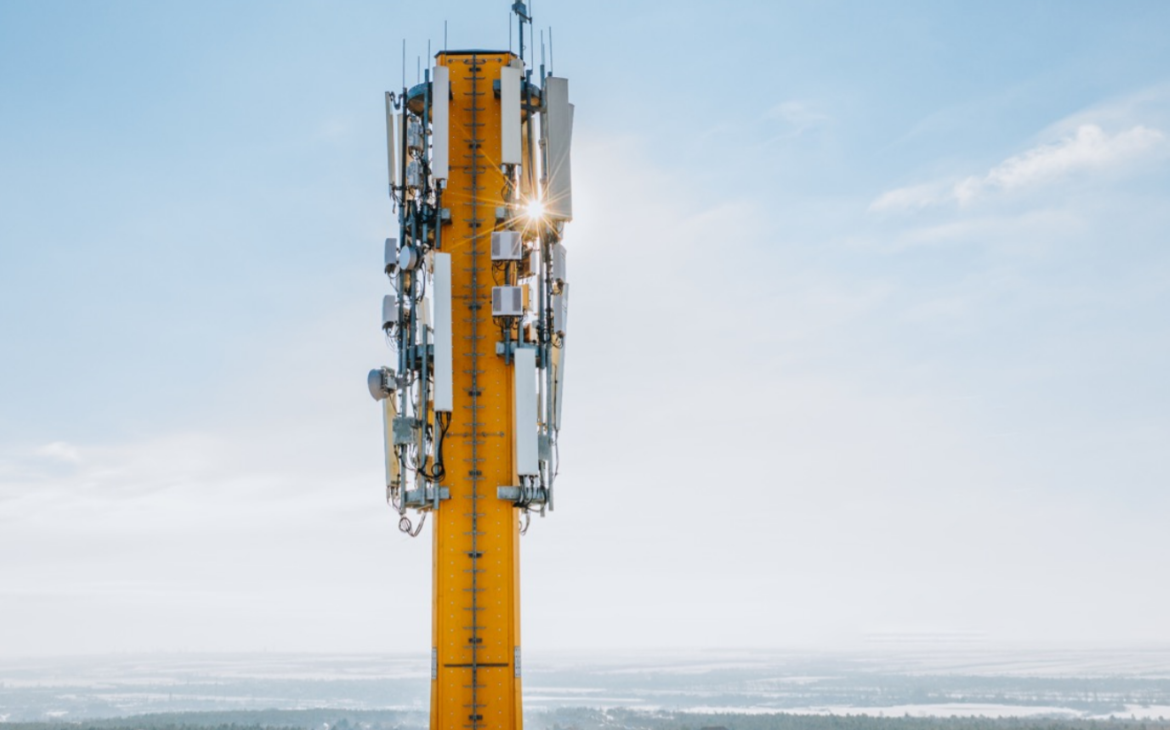One environmentally friendly solution are certainly wooden-structured telecommunication towers, which are also a more esthetically pleasing alternative. This is not a negligible feature considering the natural and cultural beauties of Croatia – the country’s main attractions as a tourist destination.
Ecopol wooden-structured towers, developed by the Finnish company EcoTelligent, are made of engineered wooden elements to ensure the necessary elasticity and support all future static requirements brought to us by modern communication networks, so this engineered wood emits half as much CO2 as traditional steel towers. The material used for the construction of Ecopols can be reused, which is in the spirit of the circular economy – an aim to which the European Union is committed. Croatia is just entering a large investment cycle in 5G infrastructure, so it could use these wooden-structured telecommunication towers to ensure the fastest network everywhere with environmentally friendly infrastructure. Markoja d.o.o. is the sole distributor of Ecopol in Croatia.
“The Markoja company motto, regardless of the project we work on, are the “5Es”, which signifies the now common focus on energy, economy, and ecology, as well as our commitment to superior esthetics and ethics. Ecopol telecommunication towers certainly fit into this concept, driven by sustainable and responsible business, because their CO2 emissions are significantly lower when compared to traditional telecom towers, they are more esthetically pleasing, and, since they are made of recycled wood, can be considered an ethical product,” clarified Markoja founder and board member Boris Markoja.
These towers could prove to be an appealing solution in protected areas such as national parks, rural areas, or even in popular tourist destinations, i.e. at all locations where it blends into the environment better than the outdated steel units. The first questions that arise when we think about wooden-structured towers is fire resistance and the longevity of such installations. These telecom towers can last for at least 30 years, and they include a protective fire barrier, effectively making them fireproof.
EcoTelligent further explained:
Our Ecopols are made of engineered wood, so, in case of fire, the material behaves in such a way that the charred surface insulates the rest of the wood while slowing down the burning process. There is a clause in the Eurocode that requires that wooden elements in structures be designed and built in such a way that in the event of a fire, we can count on the loadbearing capacity of the structure’s resistance over a certain period of time. To meet this requirement, our wooden products have their own certified nominal charring speed of 0.76 mm/m on Kerto-Q panels. Fire resistance can be increased, for example, by increasing the thickness of wood panels.
The Ecopol wooden tower is a free-standing triangular support structure for mobile antenna and other device technology necessary for ensuring high-speed and quality connection. It has a large loadbearing capacity, so it can carry the same amount of equipment and devices as a steel tower or even a concrete structure. The necessary cables can be installed inside the tower itself, which provides protection against theft and fire. It is installed on a reinforced concrete block, the surface of which depends on the height of the tower and can reach up to 40 meters depending on the type of soil on which it is set and the tower’s loadbearing capacity.
“Vast numbers of new telecommunication towers are expected during the transition from 4G to 5G technology, which includes their construction at 60,000–80,000 new locations across Europe in the next five years. If just one percent of new support towers were made of wood, CO2 emissions could be reduced by about 17,000 metric tons,” said EcoTelligent representatives.
Prototypes of 4G wooden towers are already being trialed in Hungary, and the Finnish company hopes that larger production lines will bring about accelerated production, which would ultimately lead to the reduction of costs and increased competitiveness of the product. The concept was presented to telcos in Germany, Italy and the UK, and initial reactions were positive. In addition to the “macro site” towers, EcoTelligent is developing smaller units, designed for urban areas in the transition to 5G, which should be installed in parks, streets, and on the rooftops of residential buildings. EcoTelligent also presented its solutions at the 2021 TowerXchange Meetup Europe, which brought the entire industry together virtually. The conference focused precisely on investments in new infrastructure and the anticipated investments across Europe in the area of 5G infrastructure.
